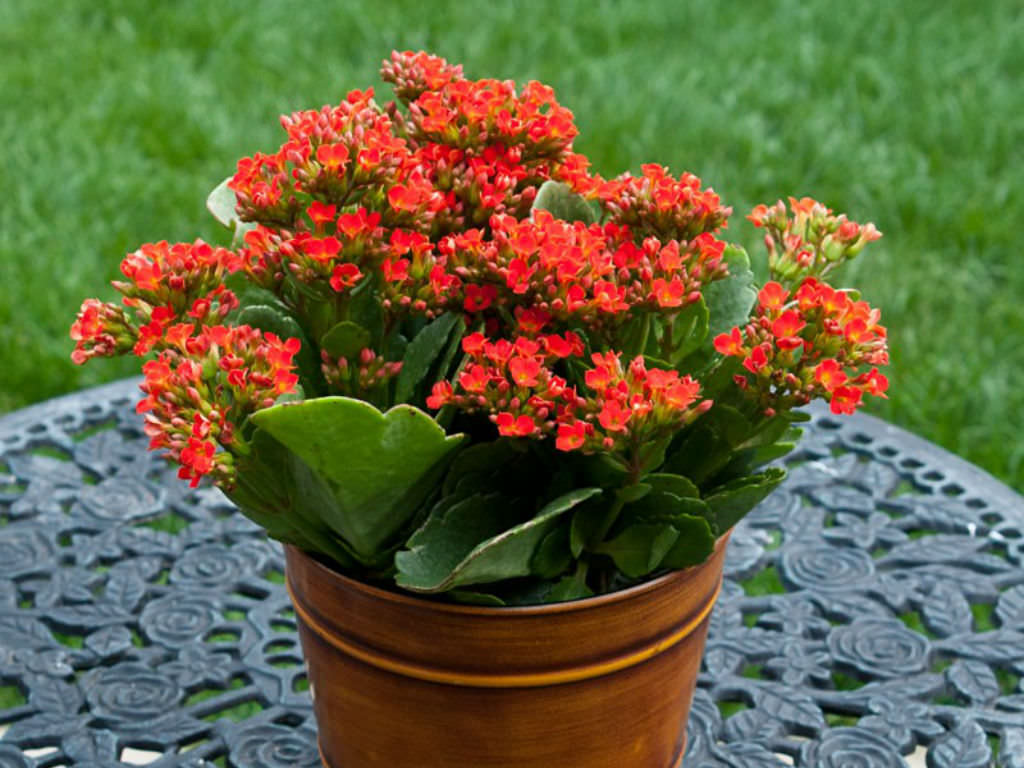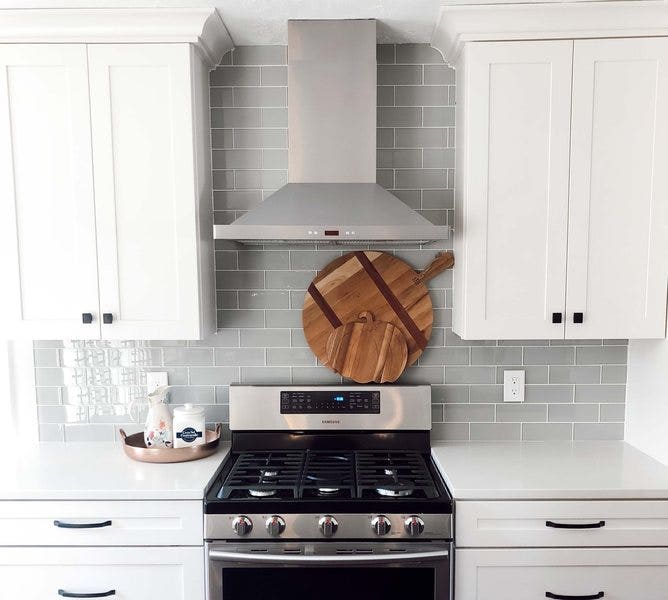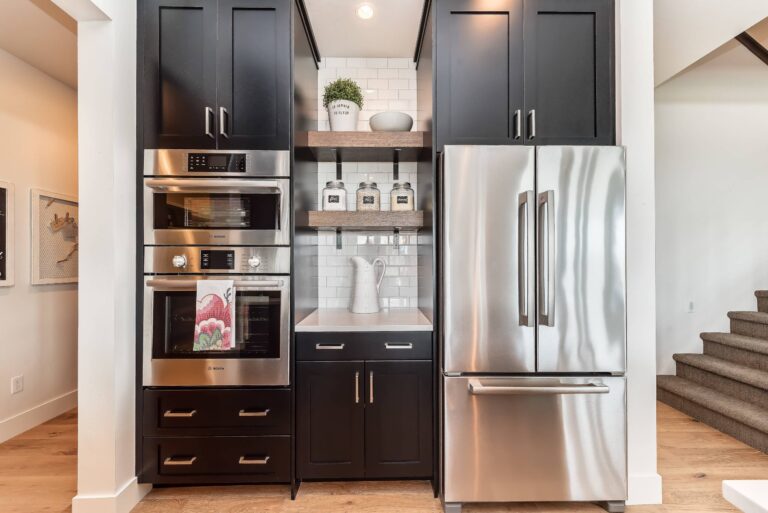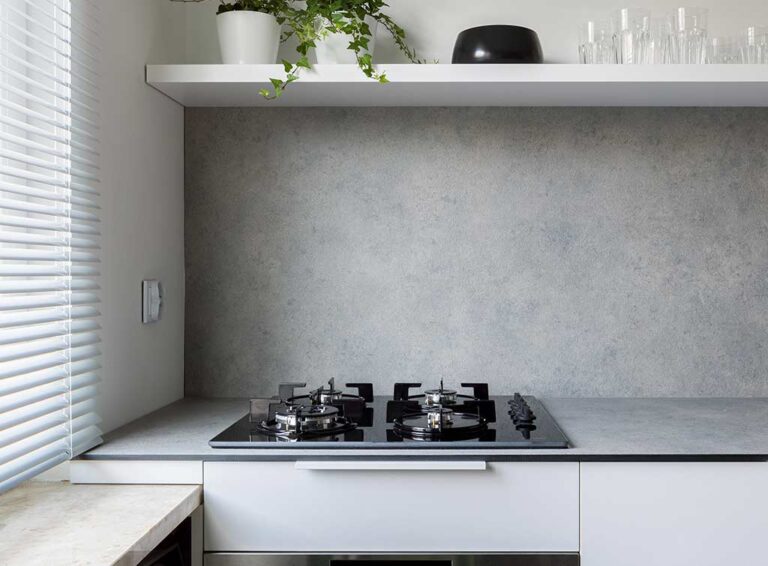Does Kalanchoe Like Sun Or Shade?
Kalanchoe is a succulent plant that can be found in many different climates and is a popular choice for both outdoor and indoor gardens. When it comes to determining whether Kalanchoe likes sun or shade, the answer is both! Kalanchoe is relatively tolerant of direct sunlight, and can even benefit from some direct sunlight depending on the species. However, too much direct sun can cause the plant to wilt or even die, so it should be kept in an area with partial shade or full shade. With the right amount of sunlight and shade, Kalanchoe can thrive and bring beauty to any garden.
What is Kalanchoe?
Kalanchoe is a genus of flowering plants native to Madagascar and other tropical regions of the world. It is a popular houseplant due to its relatively easy care and attractive foliage. It is also used in many gardens as an ornamental groundcover or border plant. But when it comes to Kalanchoe care, one of the most important questions is whether it prefers sun or shade.
The answer to this question depends on the species of Kalanchoe. Generally, Kalanchoe prefers bright, indirect sunlight, but some species can tolerate full sun. For example, the Kalanchoe Tomentosa, which is also known as the “Panda Plant”, can tolerate direct sunlight for short periods of time. On the other hand, the more delicate Kalanchoe Thyrsiflora should be kept in partial shade to prevent sunburn.
Ultimately, the best way to determine the ideal light requirements for your Kalanchoe is to research the particular species you’re growing and find out what kind of sun exposure it needs. If you’re not sure, you can always consult a gardening expert for advice. With the right amount of sun and the proper care, you can enjoy beautiful blooms from your Kalanchoe year-round.
What Conditions Does Kalanchoe Need?
Kalanchoe is a popular houseplant known for its striking foliage and bright flowers. But to keep it healthy and thriving, you need to provide it with the right conditions. Does Kalanchoe like sun or shade? Well, that depends on the variety, as some Kalanchoe species prefer more sunlight while others thrive in shade.
In general, Kalanchoe plants prefer bright, indirect sunlight. If you live in an area with strong sunlight, you’ll want to place your Kalanchoe in a spot that gets some shade during the hottest parts of the day. Additionally, Kalanchoe plants need well-draining soil, adequate water, and regular fertilization. They also require temperatures between 60 and 75°F (15-24°C) and high humidity levels.
When it comes to caring for your Kalanchoe, the key is to find the perfect balance of light and water. Too much light can cause the leaves to turn yellow, while too much water can cause root rot. Experiment with different light levels and water frequencies to find the one that works best for your plant. With some trial and error, you’ll be able to keep your Kalanchoe healthy and happy!
How Much Sun Does Kalanchoe Prefer?
Kalanchoe is an evergreen succulent that is commonly grown indoors or outdoors, depending on the species and variety. The amount of sun Kalanchoe plants need to thrive varies depending on the type and the environment they are planted in. Generally, Kalanchoe plants prefer bright, indirect light, although some varieties can handle full sun exposure. For best results, place Kalanchoe plants in a south-facing window or a few feet away from a south-facing window to ensure that they get the right amount of sunlight.
When growing Kalanchoe plants outdoors, they should be planted in areas that receive partial sun or filtered light. Kalanchoe plants that are exposed to direct sunlight for long periods of time can become sunburned and will not thrive as well as those planted in shadier areas. During the summer months, it is best to move potted Kalanchoe plants to an area that is partially shaded to ensure that they are not exposed to too much sunlight.
In summary, it is important to understand the needs of your Kalanchoe plant before deciding how much sun it needs. Different species and varieties require different light levels, and it is important to ensure that your Kalanchoe is getting the right amount of sunlight for its particular needs. When in doubt, opt for bright, indirect light and move your plant to a shadier spot if it appears to be getting too much sun.
What Shade Conditions Does Kalanchoe Thrive In?
Kalanchoe plants are known for their hardiness and ease of care, but what shade conditions do they thrive in? The answer depends on the variety of Kalanchoe, as some prefer bright, indirect sunlight, while others may do better in partial shade or filtered sunlight. Some Kalanchoe varieties can even tolerate full sun, while others prefer full shade. To determine which shade conditions are best for your Kalanchoe, it’s important to consider the variety you have and its specific needs.
In general, Kalanchoe plants thrive in bright, filtered light, such as indirect sunlight or a few hours of morning sun. Too much direct sunlight can cause the leaves to burn or fade, so it’s important to make sure you provide your Kalanchoe with the right amount of indirect sunlight. In terms of partial shade, Kalanchoe plants can do well if they receive a few hours of morning sun and are then moved to a shadier spot for the rest of the day.
When it comes to full sun, some Kalanchoe varieties can tolerate it, while others may not. If you’re not sure which type of Kalanchoe you have, it’s best to place it in a spot where it will receive several hours of bright, indirect sunlight and then move it to a shadier spot for the remainder of the day. This will help reduce the risk of your Kalanchoe getting too much direct sunlight and help it to thrive.

How to Care for Kalanchoe in Different Sun and Shade Conditions
Kalanchoe is a versatile succulent plant that can thrive in a variety of sun and shade conditions. However, the amount of sunlight and shade that your plant needs will vary depending on the species. To ensure that your Kalanchoe stays healthy, it is important to pay attention to the amount of light each species needs and adjust accordingly. Kalanchoe can do well in full sun, partial sun, and even deep shade. Here are some tips for caring for Kalanchoe in different sun and shade conditions.
When growing Kalanchoe in full sun, it is important to ensure that the soil is well-draining and that the plant is not exposed to too much direct sunlight. If the soil is too moist or the sun is too intense, the plant can become scorched and damaged. It is also important to provide regular watering and fertilizing to keep the plant healthy.
In partial sun, Kalanchoe will do better with a few hours of direct sunlight each day. However, the plant should be protected from the midday sun, which can be too intense. If the plant is placed in an area that receives too much sun, it may become scorched or burned. In partial shade, Kalanchoe can benefit from a few hours of indirect sunlight each day.
For Kalanchoe in deep shade, it is important to provide adequate humidity and water. The plant should be watered more frequently to avoid moisture stress and the soil should be kept consistently moist. It is also important to provide some artificial light to ensure that the plant remains healthy.
No matter what sun and shade conditions your Kalanchoe is in, it is important to provide the right care and attention for the plant to thrive. With the right amount of sunlight, water, and fertilizing, Kalanchoe can thrive in a variety of conditions.
Benefits of Growing Kalanchoe in Sun or Shade
Kalanchoe is a popular houseplant that is easy to care for and can brighten up any room. But when it comes to growing Kalanchoe, it’s important to understand the difference between sun and shade, and which environment is best for this plant. Sun-loving Kalanchoe plants prefer direct sunlight for several hours each day and can tolerate partial shade. Shade-loving Kalanchoe plants can be kept in bright indirect light, but need to be protected from direct sunlight. So, what are the benefits of growing Kalanchoe in sun or shade?
For sun-loving Kalanchoe, direct sunlight helps the plant to produce vibrant, colorful blooms and can help to increase the lifespan of the plant. Additionally, growing Kalanchoe in a sunny environment helps to minimize pest and disease problems. On the other hand, shade-loving Kalanchoe plants need to be protected from direct sunlight, as this can cause the foliage to burn. However, growing Kalanchoe in a shaded environment can help to maintain the plant’s vibrant foliage color and can prevent the blooms from fading too quickly.
No matter which environment you choose, it’s important to remember that Kalanchoe plants need plenty of water and regular fertilization to stay healthy and happy. Additionally, it’s important to monitor the environment closely and adjust the amount of sunlight or shade the plant receives as necessary. With proper care, Kalanchoe plants can be grown in both sun and shade and will bring a touch of beauty to any space.
How to Tell if Kalanchoe is Getting Too Much Sun or Shade
Kalanchoe is an evergreen succulent that is incredibly hardy and easy to care for. However, it is important to know if it is getting the correct amount of sunlight or shade to ensure that it stays healthy. Fortunately, there are a few telltale signs that you can look for that can help you determine whether your Kalanchoe is getting too much sun or shade.
One of the most obvious signs is the color of the leaves. If your Kalanchoe has pale or yellowing leaves, it is likely getting too much sun. On the other hand, if the leaves are dark or have a purplish hue, it may be getting too much shade.
Another sign of too much sun is if your Kalanchoe is beginning to wilt or droop. This is usually a sign of dehydration, which can be caused by too much sun exposure. On the other hand, if your Kalanchoe is growing very slowly, it may not be getting enough sun.
Finally, if your Kalanchoe is developing brown spots or is looking withered, it may be getting too much sun. On the other hand, if it’s developing a lot of new leaves or is beginning to look leggy, it may be getting too much shade.
Knowing how to tell if your Kalanchoe is getting the right amount of sun or shade is key to keeping it healthy and happy. By looking for the signs mentioned above, you can easily determine if your plant is getting too much sun or shade and make adjustments accordingly.
Conclusion
Kalanchoe is a versatile and hardy houseplant that is easy to care for and maintain. It is important to remember that it prefers bright, indirect sunlight and should be grown in a location with some shade. Too much direct sunlight can cause its leaves to burn, while too little can lead to stunted growth and pale foliage. With the right amount of light and a little bit of care, your Kalanchoe will thrive and bring beauty to your home for years to come.
FAQs About the Does Kalanchoe Like Sun Or Shade?
Q1: Does Kalanchoe prefer sun or shade?
A1: Kalanchoe generally prefers bright, indirect light, but can also tolerate some shade.
Q2: How much sunlight does Kalanchoe need?
A2: Kalanchoe needs around 4 to 6 hours of indirect sunlight each day.
Q3: Can Kalanchoe survive in direct sunlight?
A3: While Kalanchoe can survive in direct sunlight for short periods of time, it is best to avoid direct sunlight as it can burn the leaves and cause the plant to become stressed.
Conclusion
Based on the research, Kalanchoe prefers bright, indirect sunlight. It can tolerate some shade, but it will not do as well as when it is in direct sunlight. Too much sun can cause the leaves to burn, so it is important to find the right balance. In most cases, Kalanchoe can thrive when it is placed near a window that receives a few hours of direct sunlight each day.






